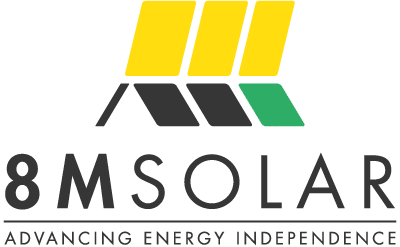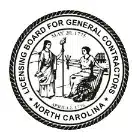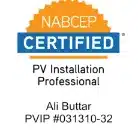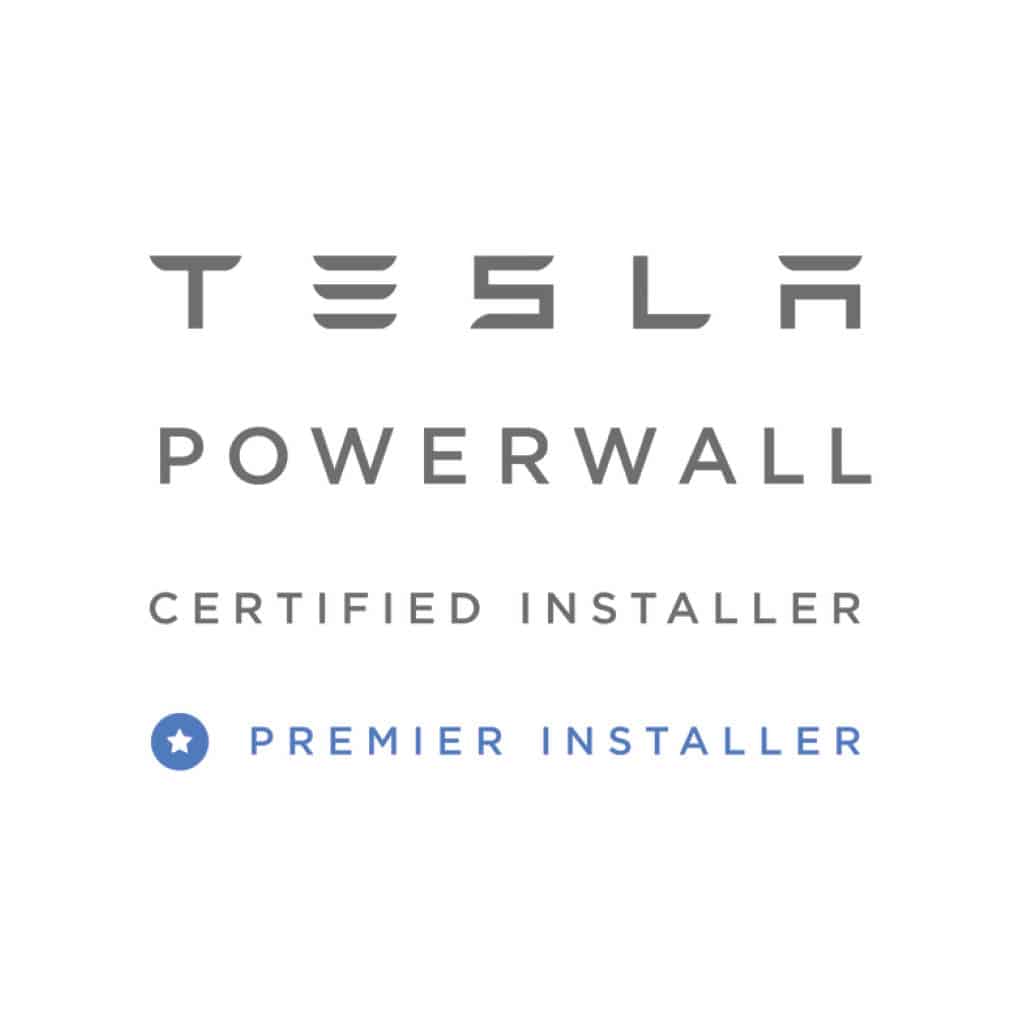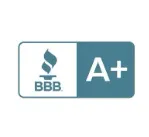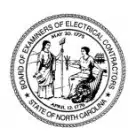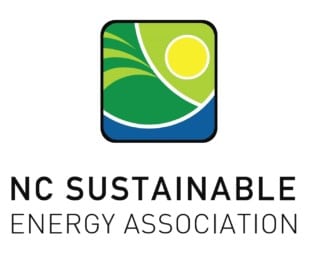Homeowners contemplating solar panels might hesitate due to cost concerns. Roughly, average system prices range from $14,000 – $30,000+ before any incentives are taken into account. Although solar panels can be a worthwhile investment, it’s crucial to assess your home’s suitability for solar energy before committing to such a significant expense.
8MSolar has provided a calculator specifically for solar panel costs. This tool assists in estimating the potential expense and energy savings of your system. By simply inputting your address and average electric bill payment, you can receive a tailored estimate. This article provides the solar estimate calculator (shown above), a list of what is taken into account when estimating a price, how to fund a solar purchase, and a glimpse into the long-term financial benefits of solar energy.
Table of Contents
Determine Your Solar Panel Installation Cost and Savings
Utilize our calculator to gain insights and decide whether transitioning to solar energy aligns with your home’s financial and energy goals.
Understanding Our Solar Cost Estimator
Our solar calculator for solar savings and estimates takes into account factors like the size and shape of your roof, shaded areas on the roof, local weather patterns, regional electricity rates, the cost of solar installations, and anticipated incentives over time. We employ Google Earth images to examine the configuration of your roof and the local climate conditions, tailoring a solar solution specifically for your needs.
Modify your electric bill details to refine the estimate of your potential savings and to determine the ideal number of solar panels for your residence. Evaluate various financing methods for your solar panels, including loans, leases, and outright purchases, tailored to your specific results.
Use the 8MSolar Solar Estimate Calculator by clicking here.
Cost of Solar Panels
The overall price of your solar panel system can fluctuate based on factors such as the installer you choose, the system’s capacity, and your location.
Typically, the hardware components like panels, inverters, racking, and mounting equipment account for roughly half of the total installation cost. The other half includes labor costs, administrative fees, taxes, and permit expenses.
Roughly, average system prices range from $14,000 – $30,000+ before any incentives are taken into account. The Federal Tax Credit for solar is currently set at 30%. This credit is available to anyone who pays Federal taxes and can be stretched out up to five years if necessary.
If your entire solar project costs $18,000; you would receive $5,400 back via this tax credit when you file your taxes for the year in which the system was installed. You do not have to owe taxes in order to claim this credit – your consultant can review this with you in greater detail and go over any specific questions!
Here is a table of average solar installation cost by system size in kW:
| System Size in kW | Est. Price Before 30% Federal Tax Credit | Est. Price After 30% Federal Tax Credit |
| 4 kW | $12,432.00 | $8,702.40 |
| 5 kW | $14,280.00 | $9,996.00 |
| 6 kW | $16,380.00 | $11,466.00 |
| 7 kW | $17,836.00 | $12,485.20 |
| 8 kW | $19,936.00 | $13,955.20 |
| 9 kW | $22,302.00 | $15,611.40 |
| 10 kW | $24,500.00 | $17,150.00 |
| 11 kW | $26,180.00 | $18,326.00 |
| 12 kW | $27,720.00 | $19,404.00 |
| 13 kW | $29,484.00 | $20,638.80 |
| 14 kW | $31,55.00 | $22,089.20 |
How Solar Panel Costs Are Calculated
Various elements can affect the cost of transitioning to solar energy. Here’s an overview of some factors:
Average Monthly Electric Bill: For those with low energy usage or in areas with low energy rates, solar energy might not offer significant savings. Inputting a yearly average of your energy usage into our solar calculator yields the most accurate results to help you assess the feasibility of solar energy for you.
House Size: The size of your home is one of the most important factors in determining how many solar panels are needed to meet your energy requirements. Larger homes generally consume more electricity, meaning you’ll need a greater number of solar panels to generate enough power. The more energy-efficient your home is, the fewer panels you may need, because the overall energy demand will be lower.
Location: Your location plays a role in the cost of installation and the energy output of your solar panels. It determines the solar companies available in your area, the energy rates you’ll pay, and the amount of sunlight your home receives throughout the year. Installation costs fluctuate depending on regional factors, including energy usage, available incentives, and the average cost per watt in your area, which can help offset initial costs.
Number of Floors: The number of floors in your home affects the complexity of the installation process. Single-story homes are generally easier to work with, requiring less labor and fewer panels, while multi-story homes often have more energy demands and can present more complicated roof layouts. As a result, larger, multi-story homes may need more panels to cover the energy needs of multiple floors, along with additional considerations for panel placement and system design.
Roof Pitch: The pitch or angle of your roof has a direct impact on the efficiency of your solar panels. Roofs with a 30- to 45-degree tilt, ideally facing south, are best for capturing sunlight and optimizing energy production. Roof pitch can vary based on location, climate, and the direction your roof faces. In cases where the pitch is not optimal, your installer may use specialized mounting equipment to adjust the angle and positioning of the panels, ensuring the system performs at its highest efficiency.
Roof Type: Certain roof types are more conducive to solar panel installation. For instance, asphalt shingle roofs are typically the easiest and least expensive to modify, while metal roofs with standing seams can reduce labor costs as they don’t require drilling. Conversely, tiled or EPDM roofs might need more modifications for solar installation.
Solar Battery: Adding a solar battery to your system allows for the storage of excess energy generated for later use. They are useful for power outages or to offset high energy rates during peak times and can be utilized at night or during low sunlight periods.
Surrounding Shade: Shade can significantly reduce the efficiency of solar panels. Homes with minimal shade are ideal for solar systems, whereas those with constant shading from trees or buildings might not be suitable for rooftop installations. Ground mount systems are an alternative but tend to be more expensive and time-consuming to install.
The Financial Benefits of Solar Energy
The substantial upfront cost required for solar energy installation often causes homeowners to pause, wondering if the investment will yield long-term financial benefits.
Typically, solar panels reach a break-even point, where they’ve paid for themselves, in about six to 10 years. This period, known as the payback period, varies based on factors like system size, existing energy usage, and the monthly savings you can expect.
Our solar calculator offers an estimation of your total savings over the lifetime of going solar. This calculation spans 20 years, nearly aligning with the average lifespan of monocrystalline solar panels, which are among the highest quality panels.
Use the 8MSolar Solar Estimate Calculator by clicking here.
To accelerate your return on investment (ROI), you can leverage state and federal solar incentives and rebates. These financial aids can substantially reduce your system’s installation costs, shortening the payback period. Additionally, you can benefit from net metering programs. These programs allow homeowners to sell surplus energy back to the grid, receiving either utility bill credits or end-of-year payments, further enhancing your solar investment’s value.
Options for Financing Solar Panels
There are several financing options available for solar panel installation, and the best choice often depends on your financial situation, the installer you select, and your long-term energy goals. The primary options include cash purchases, solar loans, solar leases, and power purchase agreements (PPA). For those looking to maximize their return on investment, the most recommended choices are typically buying the solar panels outright with cash or financing them through a solar loan.
Cash Purchase:
Paying for solar panels in cash is the simplest and most straightforward method. While it requires a significant upfront payment, it avoids any interest charges, which means you will save more money in the long term. By purchasing outright, you also own the system from day one, which allows you to take full advantage of any tax credits, rebates, and incentives. Not all homeowners have the means to pay this large upfront cost, which is why many turn to alternative financing options.
Solar Loan:
For those who can’t afford to pay for the solar panels upfront, a solar loan offers a great alternative. Solar loans allow you to spread the cost of your solar system over time, often with low interest rates and flexible repayment terms. Many solar providers offer $0 down payment options, which means you can begin using your system right away. The monthly payments for a solar loan are often comparable to or even lower than your current electricity bill, allowing you to start saving on your energy costs immediately. By putting down a larger deposit, you can further reduce the interest paid over the life of the loan.
Solar Leases and PPAs:
Solar leases and power purchase agreements (PPAs) are financing options that allow homeowners to install solar panels with little or no upfront cost. In these arrangements, the solar provider owns the system, and you either lease the equipment or agree to purchase the electricity it generates at a set rate. While you benefit from reduced energy bills, you are essentially renting the system instead of owning it, which means you miss out on the federal solar tax credit and other incentives. Solar leases often come with long-term contracts (usually around 25 years), and breaking the contract early can be costly or difficult.
While solar leases and PPAs can provide immediate savings on electricity costs, they typically offer lower overall savings over the life of the system compared to ownership. Because you don’t own the system, you won’t have the opportunity to reap the long-term benefits, like increased home value and the full return on your investment. For homeowners looking to maximize their savings and make the most of their solar system, ownership is almost always the more financially beneficial choice.
Are There Financing Options Available at 8MSolar?
Yes! Financing your solar panel system through one of our solar-specific loans is a popular choice for many of our customers. It provides flexibility and allows you to install solar panels with manageable payments.
Customers often opt for shorter-term financing plans, like a $0 down, 18 months with no payments or a “same as cash” loan. This type of plan works well for those who want to take advantage of the 30% federal tax credit and can pay off the loan after receiving the credit.
Alternatively, a longer-term financing option is available, like a 25-year loan with a 2.99% interest rate and $0 down. This plan offers lower monthly payments, often even lower than your current electric bill, making it a great way to start saving on energy costs immediately.
Our consultants are here to walk you through all available financing options. They will help you choose the best plan based on your specific goals, financial situation, and long-term energy needs. We’re committed to helping you find the right solution for your solar investment.
Install Solar With 8MSolar
After you’ve gotten your estimate, schedule a free consultation with 8MSolar. Our team of solar experts has over two decades of experience, and we’re ready to help start your solar journey. If you live in North Carolina or Virginia, book a free consultation with 8MSolar today.
